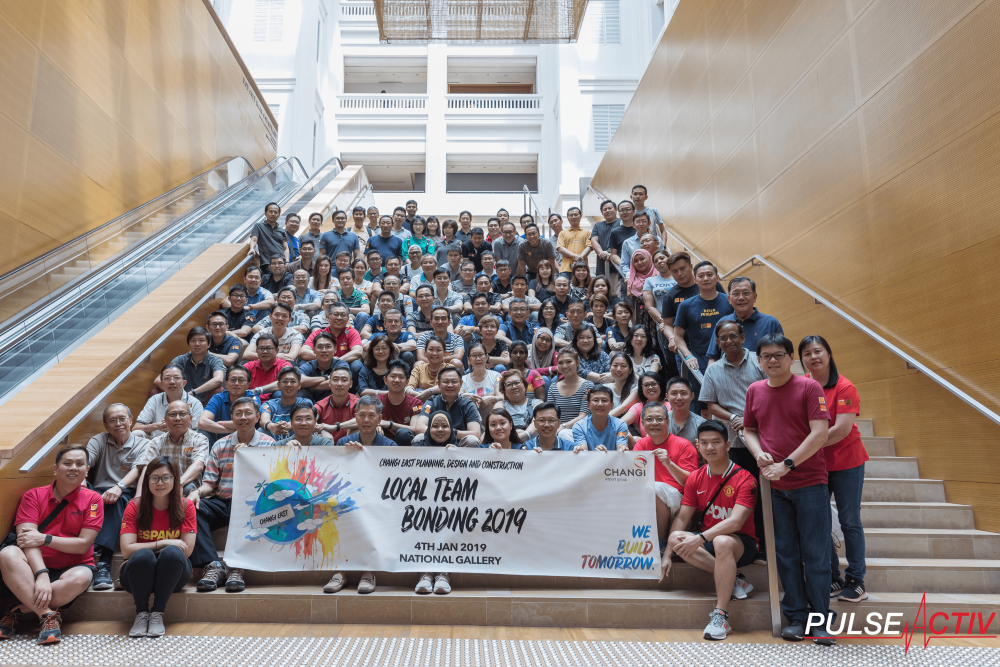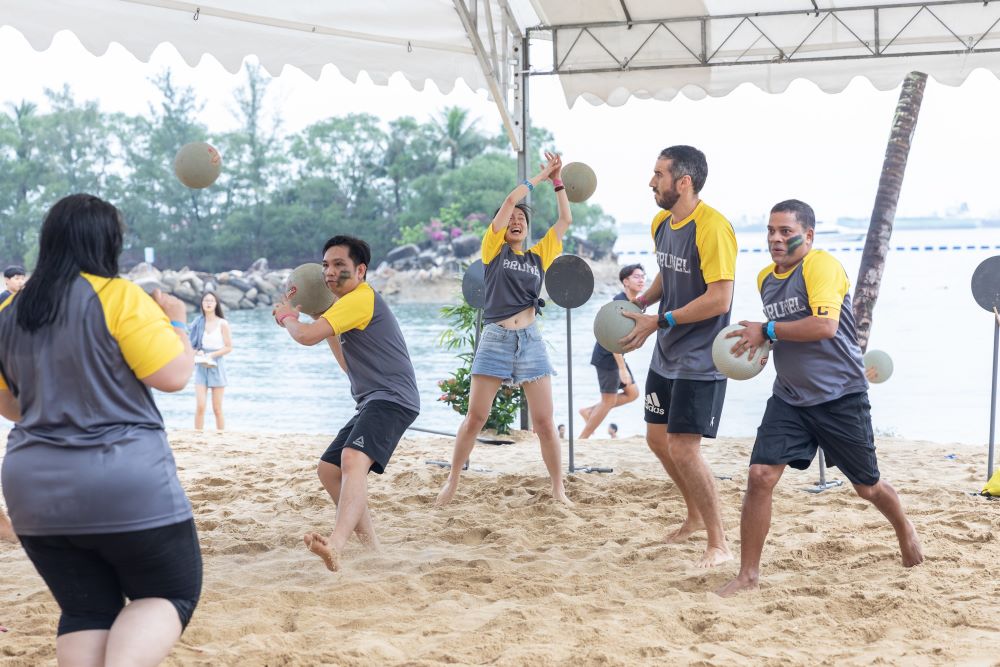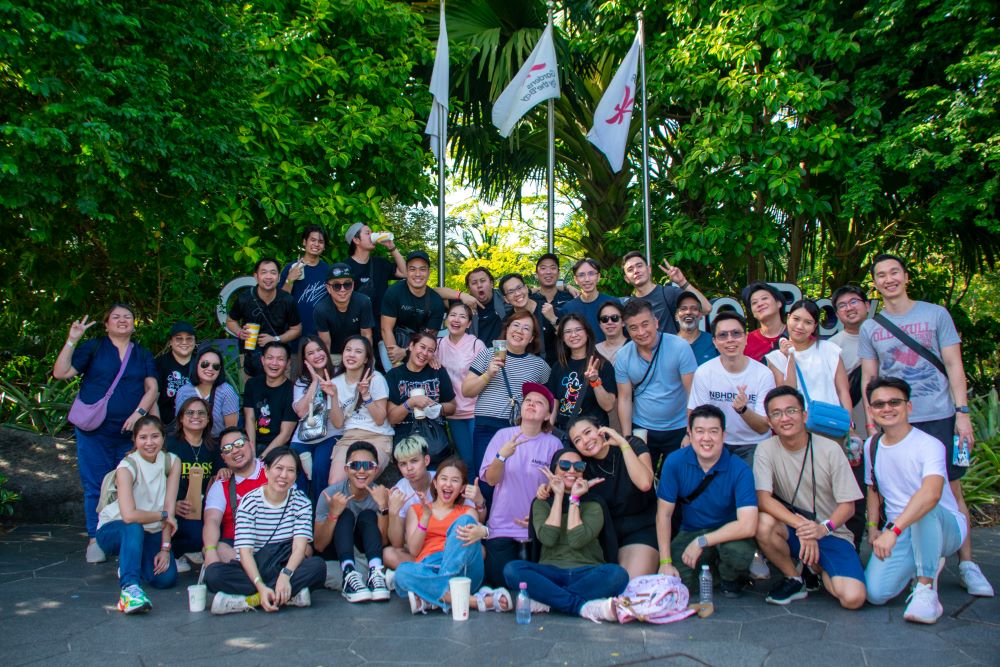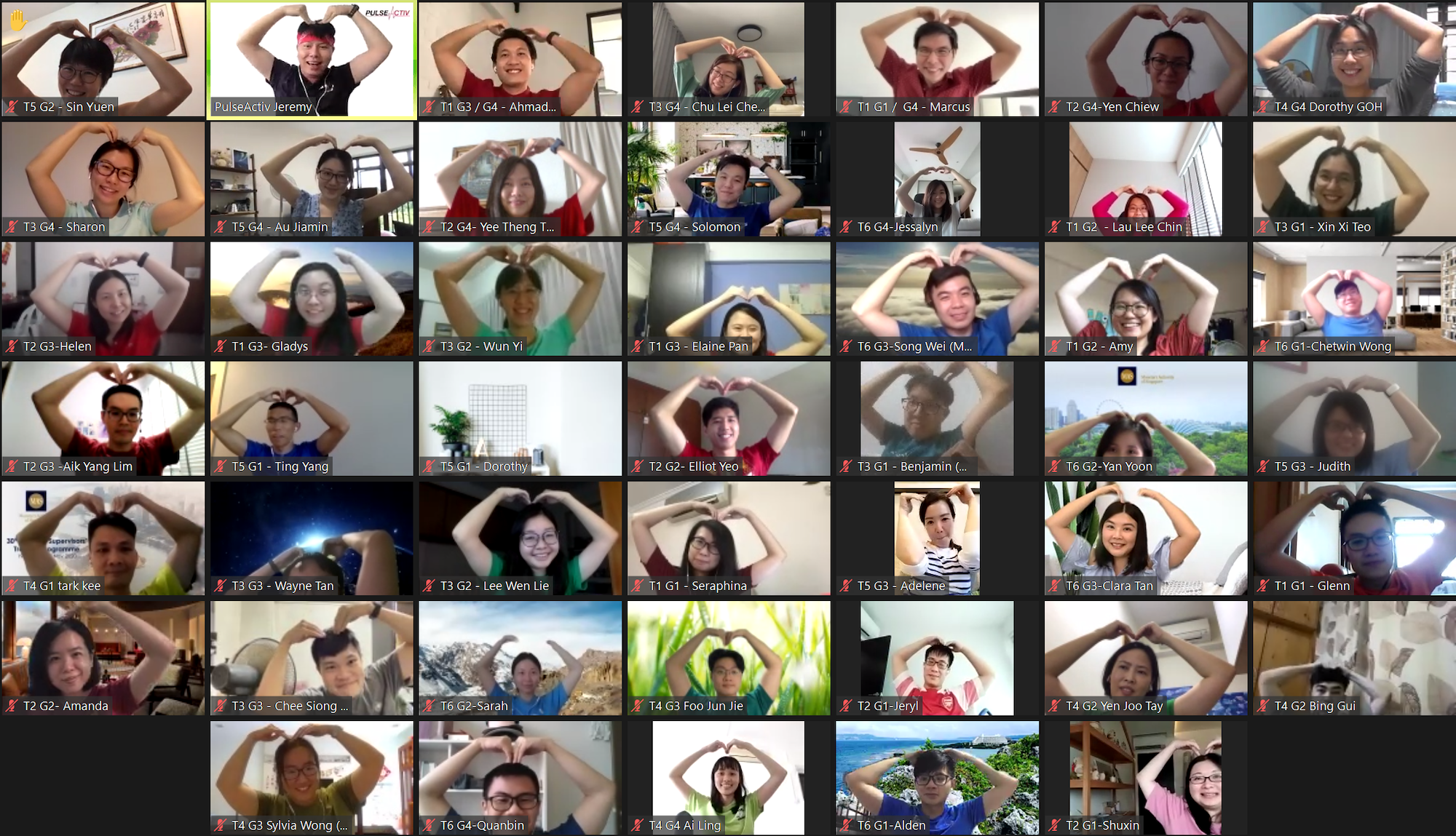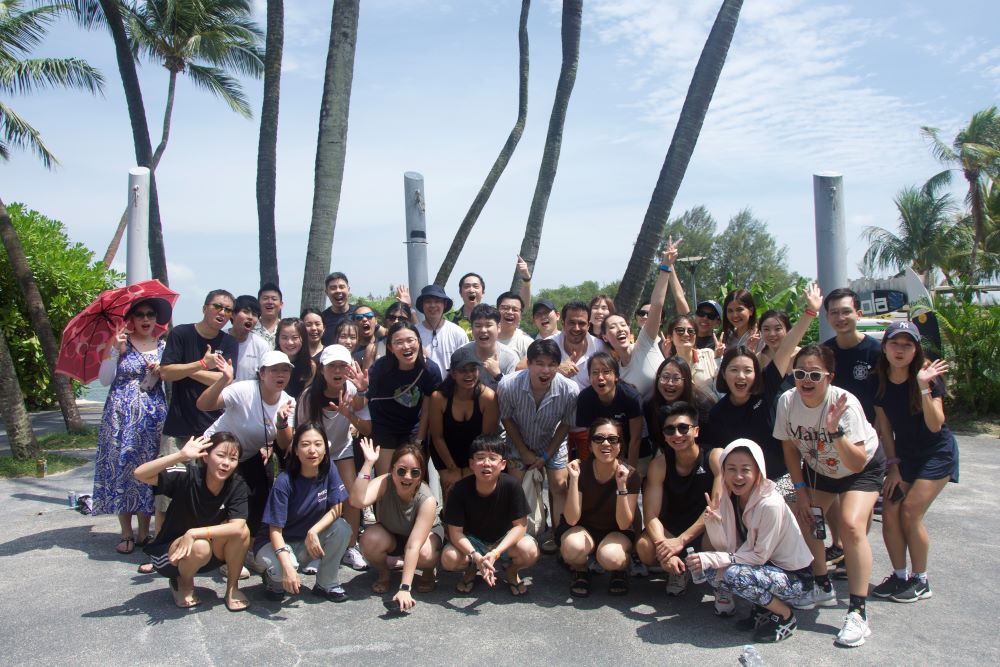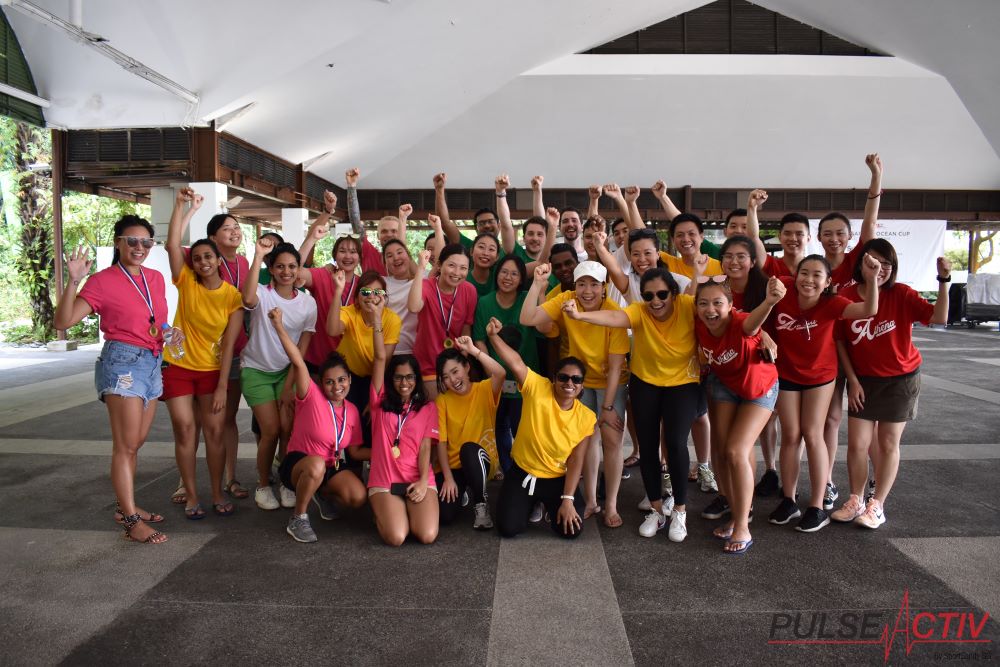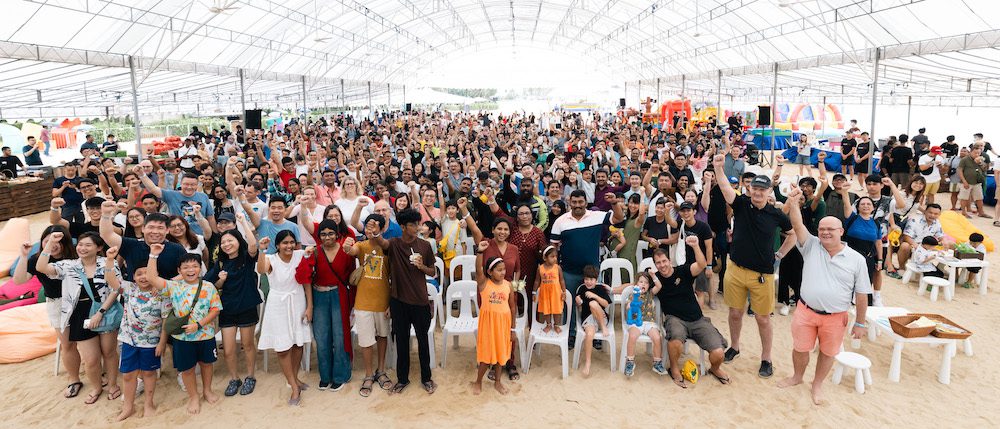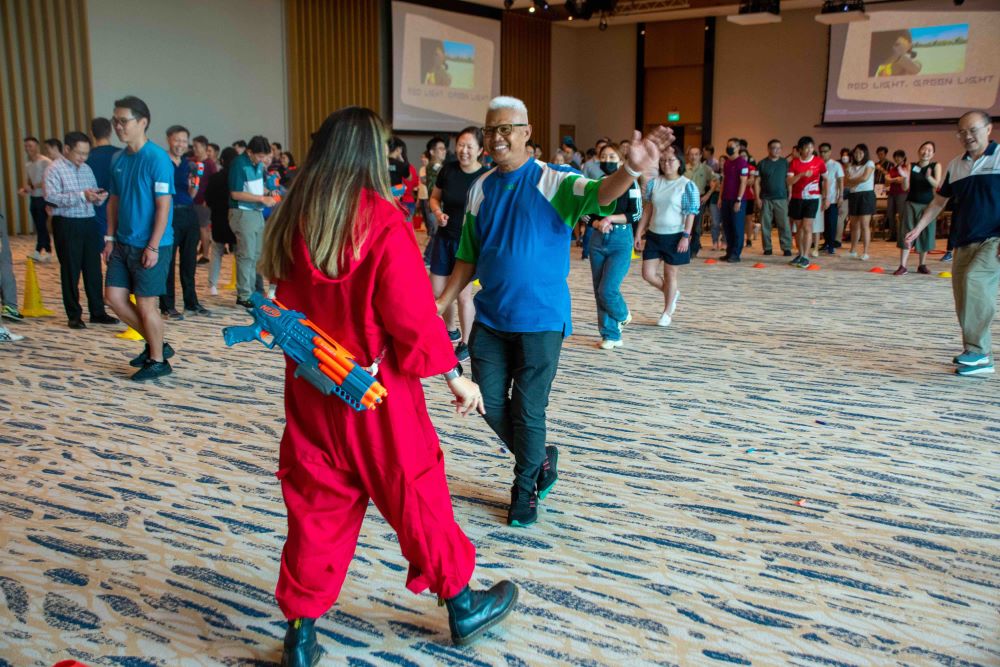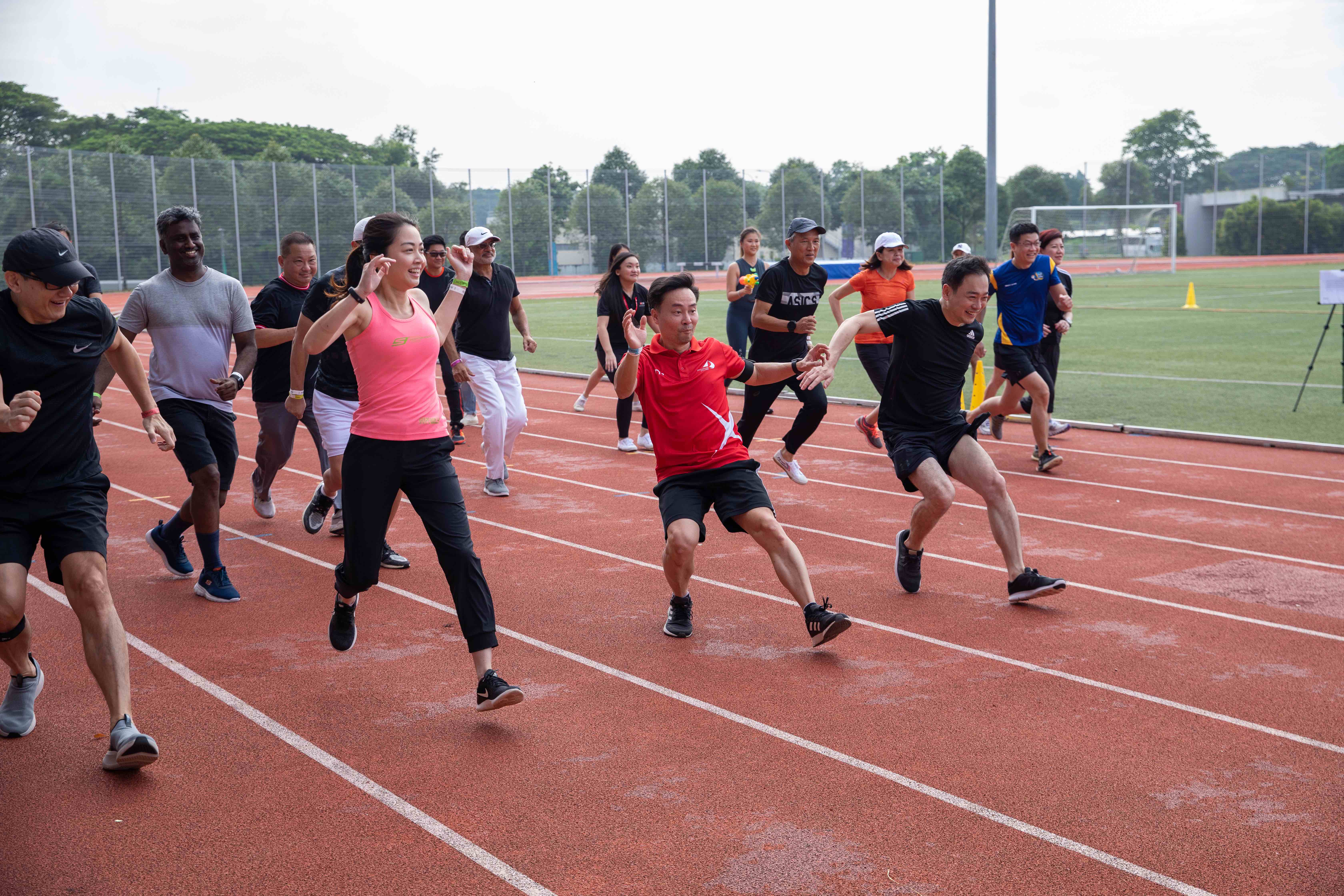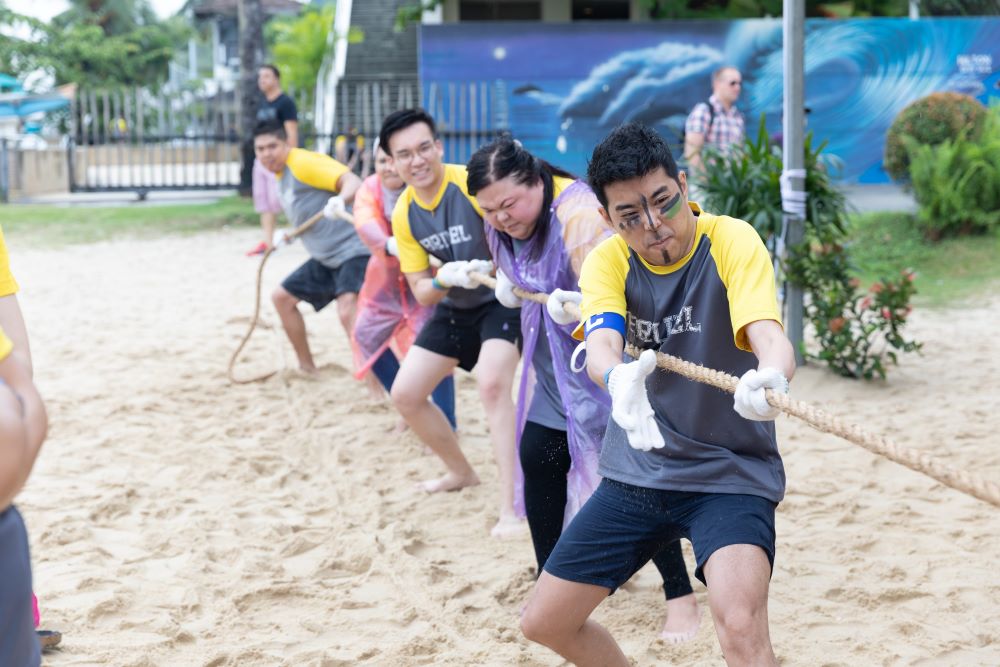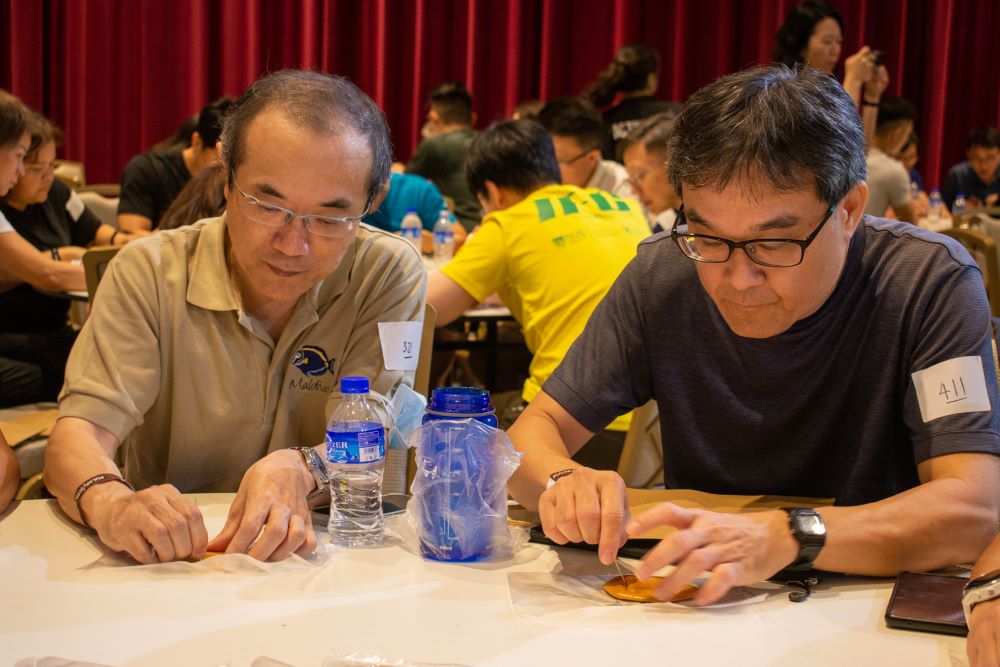The Origins of Team Building – How It All Started (And Why It Still Matters Today)
Team building is so common in today’s workplace culture that it feels like it’s always been part of the corporate DNA. From escape rooms to retreats, LEGO challenges to Amazing Race–style games, team building is often seen as a fun break from work — but its roots go far deeper.
So where did the concept of team building come from? And how did it evolve into what it is today?
Let’s take a walk through history — and take a closer look at how Singapore shaped its own version along the way.
The Military & Industrial Roots (Early 1900s)
Team building didn’t start as a fun HR initiative — it started as a productivity tool. In the early 20th century, military leaders and industrial managers began noticing that group dynamics had a direct impact on performance.
One of the most well-known studies from this period was the Hawthorne Experiments (conducted at Western Electric in the 1920s–30s). What they found was groundbreaking at the time: productivity improved not just from environmental changes (like better lighting), but because workers felt seen, supported, and part of a team.
In short: people performed better when they felt valued — and team morale had measurable business impact.
The Rise of Experiential Learning (1940s–1970s)
In the 1940s, German educator Kurt Hahn founded Outward Bound, promoting the idea that leadership, character, and teamwork could be built through shared physical and mental challenges — often in the great outdoors.
This laid the foundation for experiential learning, a concept that would later become core to modern team building. In the decades that followed, ropes courses, obstacle challenges, and leadership camps began popping up, particularly in education and military training — before making their way into corporate offsites.
The activities were less about “fun” and more about resilience, communication, and shared hardship. Still, they sparked a shift: the idea that people don’t just learn at desks — they learn through doing, together.
The Corporate Turn (1980s–2000s)
By the 1980s, companies were changing fast. Teams became more diverse, office layouts got flatter, and collaboration across departments became the norm.
Team building responded by evolving into something more inclusive, accessible, and flexible. Not everyone wanted to climb ropes in the forest — and companies realised that to bring people together, they needed options that worked for different personalities, energy levels, and communication styles.
During this period, we saw the rise of:
- Creative challenges
- Communication games
- Personality profiling sessions
- Strategic simulations
- Icebreakers and bonding-focused formats
More importantly, this era marked a shift from strict “team building” (with clearly defined objectives) to team bonding — a softer, but equally important goal. The focus wasn’t always on productivity or outcomes. Sometimes, it was just about having fun, breaking silos, and boosting morale.
The Singapore Context – From Retreats to Results (With a Side of Kiasu Efficiency)
In Singapore, team building began to gain popularity in the 1990s and early 2000s, as local companies embraced global corporate culture and placed increasing focus on employee engagement and staff cohesion.
At first, it was mostly traditional: retreats, department lunches, cohesion days, or dinner & dance nights.
But things quickly evolved — because, as any Singaporean knows, we like our activities with a purpose. Efficiency matters. Time is precious. And if you can bond and tick a few other boxes? Even better.
Soon, teams started moving toward more interactive and experience-based formats, like:
- Amazing Race–style urban challenges
- Station-based indoor team games
- Building-wide treasure hunts
- Food-themed quests like hawker centre adventures (because why not bond over laksa?)
And in classic Singapore fashion, where the phrase “kill two birds with one stone” is almost a national mantra, we started seeing CSR elements integrated into corporate team building too. Activities like:
- Packing groceries for charity
- Solving sustainability-themed challenges
- Cleaning beaches and parks as part of a group challenge
The mindset: bond together, do good together — and make it count.
Singapore’s multicultural and multi-generational workforce also influenced how team building evolved locally. Today, there’s a growing focus on inclusivity, variety, and meaningfulness — creating space for extroverts and introverts, the sporty and the strategic, the loud and the thoughtful.
Team Building Today – Purpose Meets Play
Today, team building is more creative, inclusive, and customisable than ever.
Some programmes still focus on structured learning — like leadership development or conflict resolution. Others are purely about connection and fun. Most companies now want a blend: a meaningful experience that feels intentional but doesn’t feel like “just another workshop.”
Modern team building is:
- Tailored to diverse teams and goals
- Available in physical, virtual, and hybrid formats
- Less rigid, more human
- Focused on culture, connection, and wellbeing
It’s not just about climbing ropes or building towers — it’s about building understanding, trust, and momentum, one experience at a time.
Final Thoughts
Team building may have started in factories and military camps, but it’s become a powerful tool for modern teams — from global corporations to small teams in Singapore just trying to stay connected in an increasingly complex world.
At PulseActiv, we believe team building should be more than a tick-box exercise. It should be something your team remembers — not because it was convenient, but because it mattered.
Whether your goal is to laugh together, learn together, or lead better — we’re here to help you make it meaningful.
If you want to read more of our articles, click here.
Read about How Team Building Activities Help New Employees Integrate and Thrive here.
To read more about Planning Your Own Team Building Event Series, click here.
